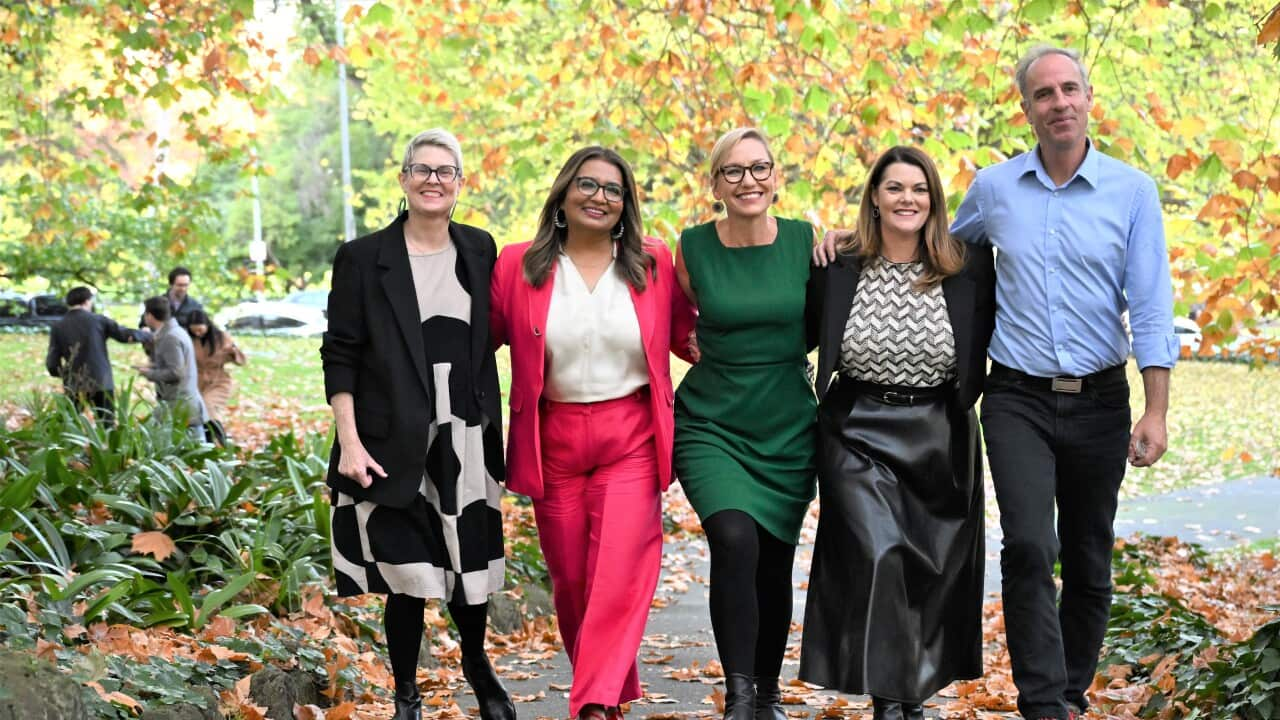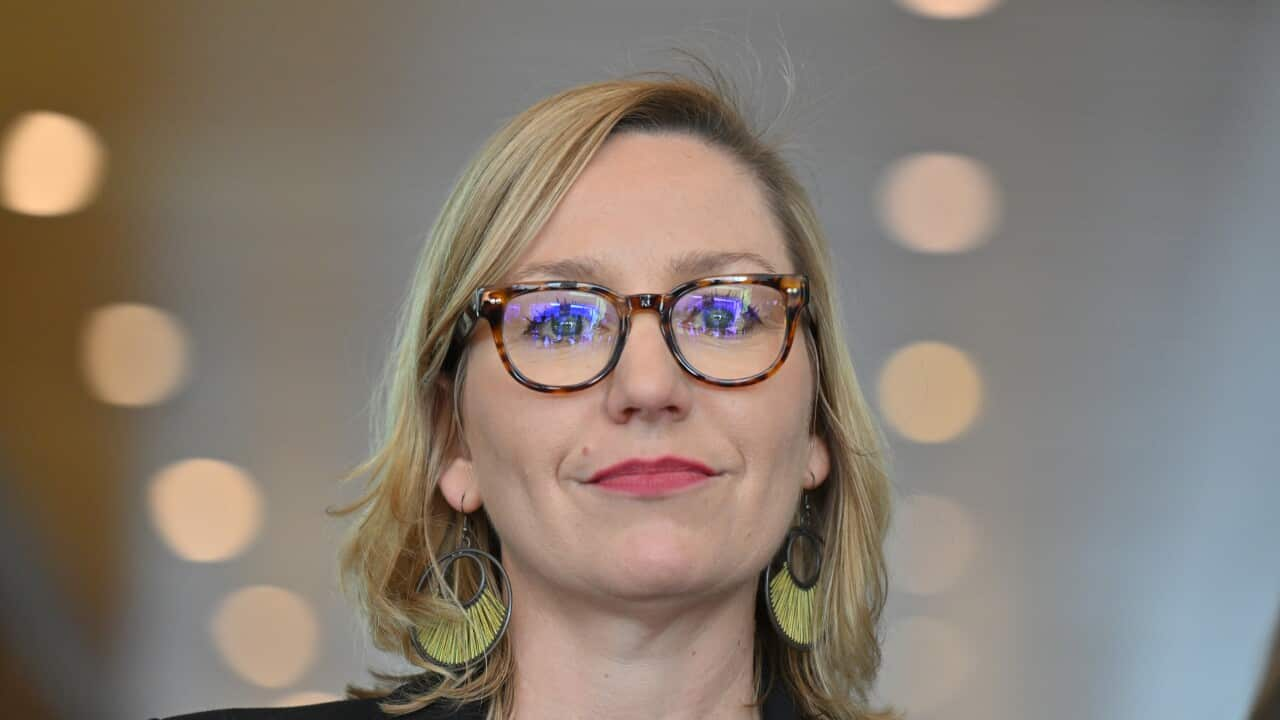Highlights
- Organic material developed by an Indian researcher will make devices faster and flexible
- The latest research has been published in the journal Nature: Light Science & Applications
- Dr Ankur Sharma first arrived in Australia as an exchange student
Dr Ankur Sharma, a Lecturer at ANU College of Engineering and Computer Science has developed organic material that can be used to make high-performance electronic devices like mobile phones, faster and flexible.
He has been working on it for several years along with Associate Professor Larry Lu at the ANU.
“I am very passionate about the environment and new technology. E-waste, according to some studies, is the second-deadliest waste after nuclear waste in the world.
“We have developed an organic material which is made from just carbon and hydrogen. This means the devices can be biodegradable or easily recyclable and thus avoid tonnes of e-waste generated by the current generation of electronic devices,” Dr Sharma told SBS Hindi.
Listen to the interview with Dr Ankur Sharma:
LISTEN TO

Biodegradable phones? Indian ANU researcher invents promising new technology
SBS Hindi
06:41
The product is not just organic, claims Dr Sharma.
“Conventional devices run on electricity – but this material allows us to use light or photons, which travels much faster,” Dr Sharma said.
“The interesting properties we have observed in this material make it a contender for super-fast electronic processors and chips. We now have the perfect building block, to achieve flexible next-generation electronics.” Associate Professor Lu said they observed interesting functions and capabilities in their organic material, previously unseen.
Associate Professor Lu said they observed interesting functions and capabilities in their organic material, previously unseen.

Lead researchers Dr Ankur Sharma (right) and Associate Professor Larry Lu say it would help create the next generation of ultra-fast electronic chips. Source: Supplied
“The capabilities we observed in this material can help us achieve ultra-fast electronic devices,” said Associate Professor Lu.
The researchers said the material is just one carbon atom thick, a hundred times thinner than a human hair, which gives it the flexibility to be bent into any shape.
“This will lead to its application in flexible electronic devices."
Dr Sharma says while the actual devices might still be some way off, this new study is an important next step and a key demonstration of this new material’s immense capabilities.
“My vision is to see it as a part of a functional electronic device. A few decades ago, no one imagined we will have hand-held wireless phones which would be more powerful than the computers that existed in the 90s. Now they are a reality.
“Similarly, we have a long way to go and it will require collaboration at an industrial level with several partners. But it is not very far away,” Dr Sharma said. Dr Sharma first arrived in Australia in 2014 as an exchange student.
Dr Sharma first arrived in Australia in 2014 as an exchange student.

Dr Sharma: “It’s made from just carbon and hydrogen, which would mean devices can be biodegradable or easily recyclable, thus avoiding the tonnes of e-waste." Source: Supplied
“I was doing my engineering at the Aligarh Muslim University when I first visited ANU on a student exchange program,” he says.
A year later, in 2015, he arrived to pursue his PhD at the ANU Research School of Engineering.
“When I was first here, they saw my work and offered me a PhD. I did not know I could directly do a PhD after my bachelors,” he adds.
After completing his PhD, Dr Sharma has continued his research while he works as a lecturer in ANU College of Engineering and Computer Science.







